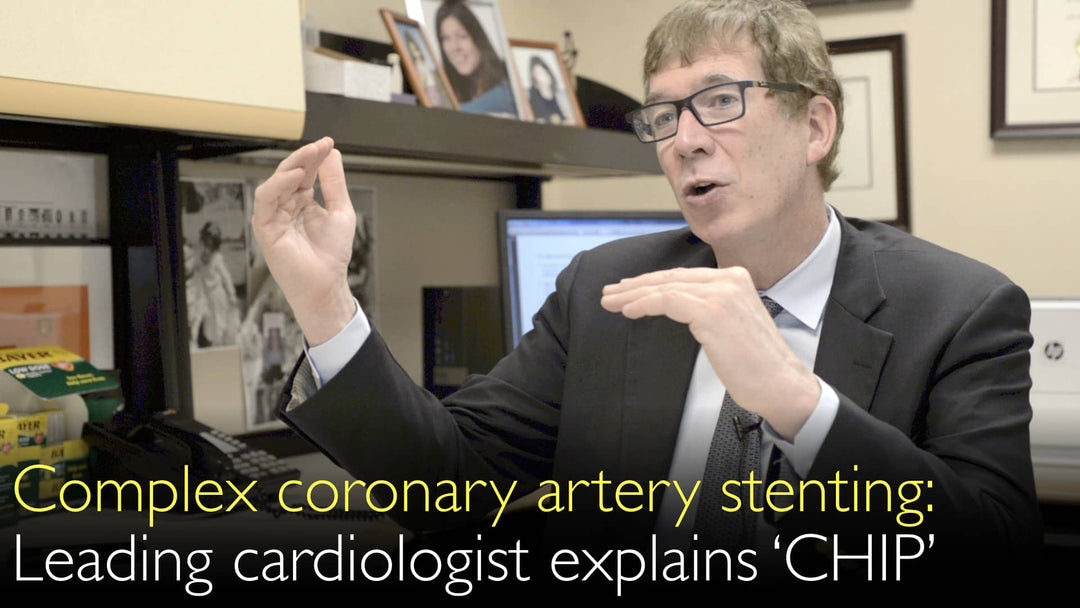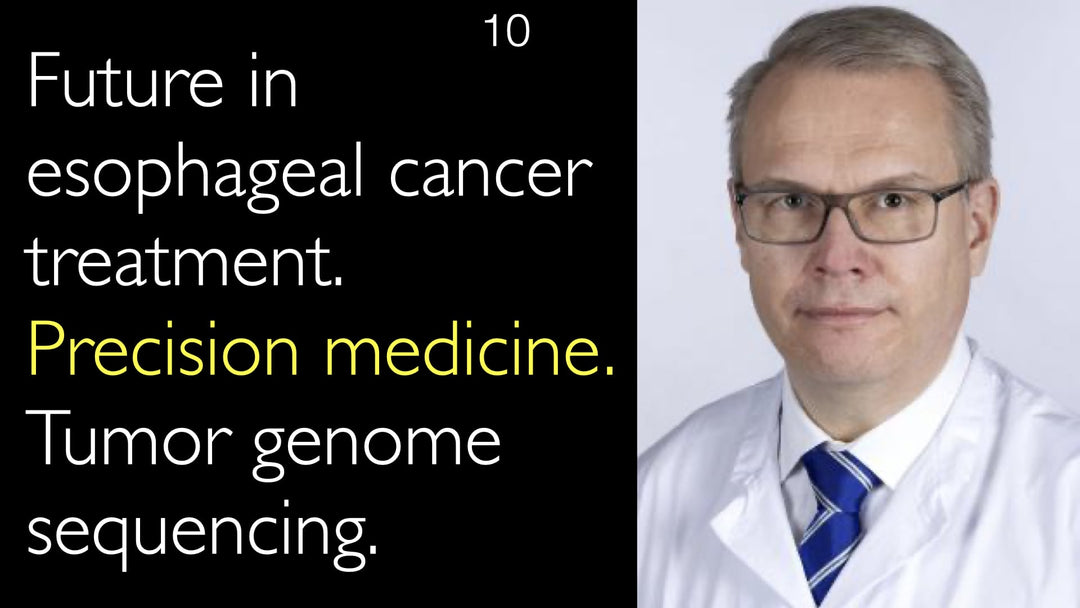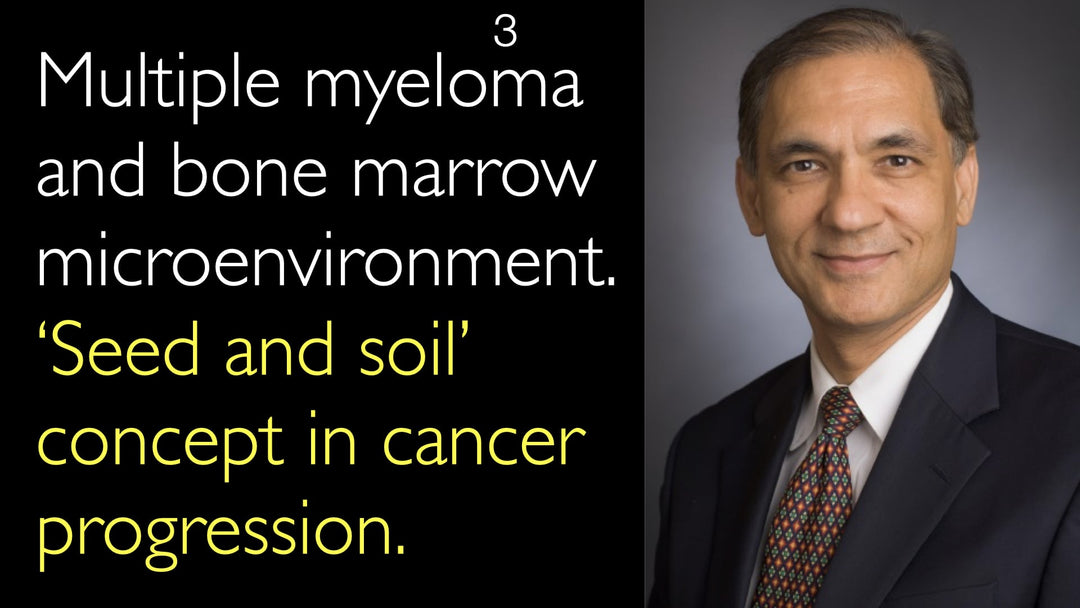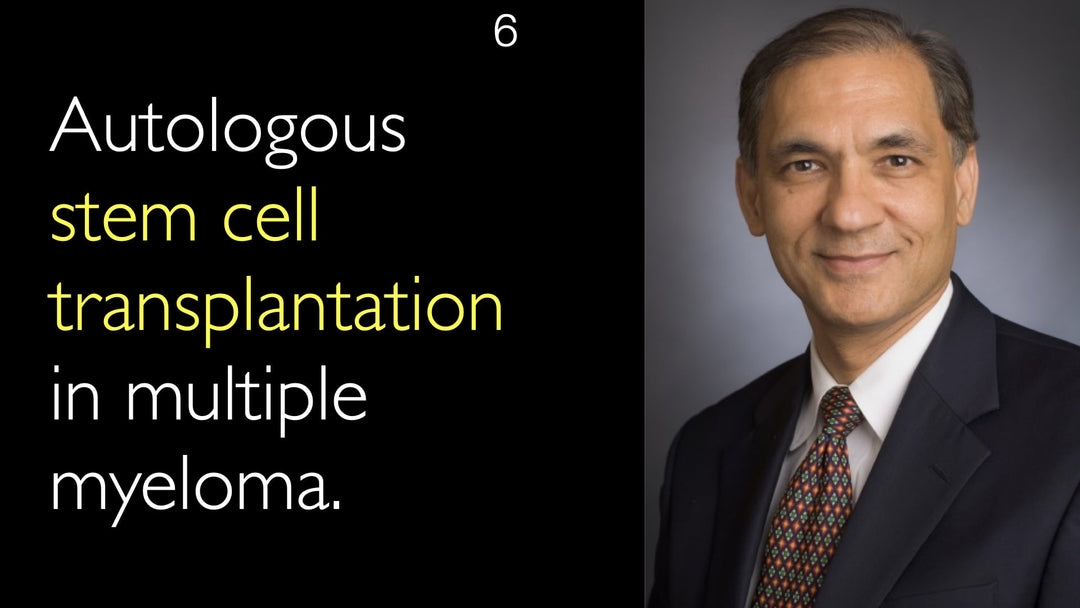Leading expert in complex coronary interventions, Dr. Jeffrey Popma, MD, explains the CHIP approach for high-risk coronary artery disease. He details the advanced techniques and specialized devices used to treat patients who are not surgical candidates. Dr. Popma describes how these procedures treat long, calcified, or totally blocked arteries. He emphasizes the demanding yet rewarding nature of these life-saving interventions.
Advanced Techniques in Complex High-Risk Coronary Stent Procedures (CHIP)
Jump To Section
- What is a CHIP Procedure?
- Patient Selection for Complex Coronary Interventions
- Specialized Devices for Calcified and Blocked Arteries
- Treating Chronic Total Coronary Artery Occlusions
- The Role of a Specialist CHIP Team
- Clinical Impact and Rewards of CHIP
- Full Transcript
What is a CHIP Procedure?
Complex High-risk Interventional Procedures, or CHIP, represent an advanced form of coronary artery stent placement. Dr. Jeffrey Popma, MD, explains that this term was popularized by experts like Dr. Ajay Kirtane. CHIP procedures move beyond standard angioplasty or single stent implantation. They address the most challenging coronary artery disease cases that require a diverse and advanced skill set.
Patient Selection for Complex Coronary Interventions
CHIP procedures are designed for a specific subset of patients with severe coronary artery disease. Dr. Jeffrey Popma, MD, notes these patients often have heavily calcified vessels or very long blockages exceeding 20 to 30 millimeters. Many are not candidates for coronary artery bypass graft (CABG) surgery. Others may have critically low left ventricular ejection fraction, making them high-risk. Dr. Jeffrey Popma, MD, states that these complex cases constitute approximately 20% of interventional work.
Specialized Devices for Calcified and Blocked Arteries
Successful CHIP procedures often require specialized tools beyond standard balloons and stents. Dr. Jeffrey Popma, MD, highlights the use of hemodynamic support devices like the Impella. This device supports the heart's function during the high-risk procedure. For heavily calcified lesions, rotational or orbital atherectomy devices are essential. These tools break apart tough calcium deposits to allow for effective stent placement and expansion.
Treating Chronic Total Coronary Artery Occlusions
A major component of CHIP is revascularizing chronic total occlusions (CTOs), which are arteries that have been completely blocked for a long time. Dr. Jeffrey Popma, MD, describes using sophisticated techniques to reopen these vessels. This includes both antegrade (forward) and retrograde (backward) approaches through the coronary vasculature. These advanced methods allow interventional cardiologists to treat blockages previously considered untreatable without surgery.
The Role of a Specialist CHIP Team
Performing these demanding procedures requires a dedicated, multidisciplinary team. Dr. Jeffrey Popma, MD, points to the collaborative effort at his institution involving experts like Dr. Bobby Yeh and Dr. Duane Pinto. Most major medical centers now have cardiologists who specialize in these complex, high-risk interventions. This team-based approach is critical for achieving success in the most difficult coronary cases and improving patient outcomes.
Clinical Impact and Rewards of CHIP
While CHIP cases are physically and mentally demanding for the operator, they offer immense clinical rewards. Dr. Jeffrey Popma, MD, confirms that these are the most tiring procedures, far more so than a standard diagnostic catheterization. However, they are also among the most rewarding. These advanced interventions provide a crucial treatment option for patients who have exhausted all other avenues, ultimately saving lives and improving quality of life.
Full Transcript
Dr. Anton Titov, MD: Complex coronary artery stent placement is one of your particular skills and interests. What constitutes a complex coronary artery stent situation? How do you treat complex coronary artery disease patients?
Dr. Jeffrey Popma, MD: The idea of complex coronary artery intervention has evolved into a new word called CHIP. It stands for Complex High-risk Interventional Procedures. That term has been used by a number of people. Dr. Ajay Kirtane at Columbia University is certainly high on that list.
The idea is that we look at calcified vessels. We treat total coronary artery occlusions and very diffuse coronary disease. We treat coronary artery blockages over 20 or 30 millimeters in length.
Dr. Anton Titov, MD: Long coronary artery blockages require multiple coronary stents. Some patients with coronary artery disease are not candidates for surgical CABG operations. There are patients with very low left ventricular ejection fractions.
Dr. Jeffrey Popma, MD: It turns out that CHIP categories are about 20% of the coronary artery stent placement work that we do. It takes another skill set to do complex coronary artery disease treatment. It is much more challenging and diverse than what we typically had to do in coronary artery stenting.
We used plain old balloon angioplasty or single lesion coronary artery stent implantation. There are several devices that we use in addition to our regular balloons, wires, and stents.
For complex coronary artery stent placement, we might use a removable left ventricular assist device like the Impella to support the patient's heart muscle function during the CHIP procedure.
For very calcified coronary artery lesions, we might use rotational atherectomy or orbital atherectomy.
Dr. Anton Titov, MD: This breaks apart the calcium before we actually put the coronary artery stents in.
Dr. Jeffrey Popma, MD: We may use a variety of techniques for treatment of complex total coronary artery occlusions and for chronic total coronary artery occlusions. We may use a variety of antegrade techniques and retrograde techniques.
We have developed a specialty team with Dr. Bobby Yeh, Dr. Duane Pinto, and Dr. Hector Tamez here at our institution. But most institutions will have some cardiothoracic experts who dedicate themselves to being able to try to recanalize coronary vessels that typically wouldn't be able to be approached before.
We can take care of coronary artery disease patients who just don't have good surgical options. Yet we have to do multiple coronary artery stents and place stents into multiple coronary vessels. They are the hardest cases.
Dr. Anton Titov, MD: There's no question—you are most tired at the end of a CHIP case. You are more tired than with a regular diagnostic coronary artery catheterization in someone who's got unstable angina.
Dr. Jeffrey Popma, MD: But complex coronary artery stent placement can also be the most rewarding cases.
Dr. Anton Titov, MD: Because those patients oftentimes have very few treatment options left.
Dr. Jeffrey Popma, MD: Complex coronary artery intervention is called CHIP: Complex High-risk Interventional Procedures. Many patients with coronary artery disease now require multiple lengthy coronary artery stent placements.







